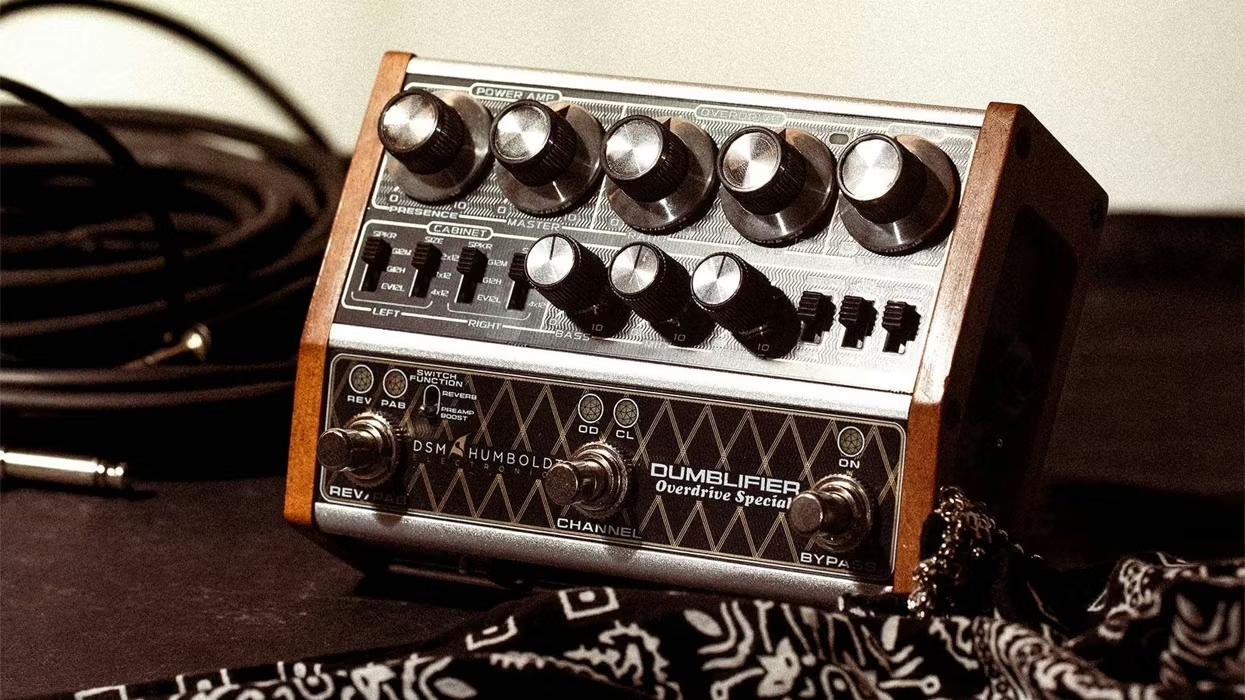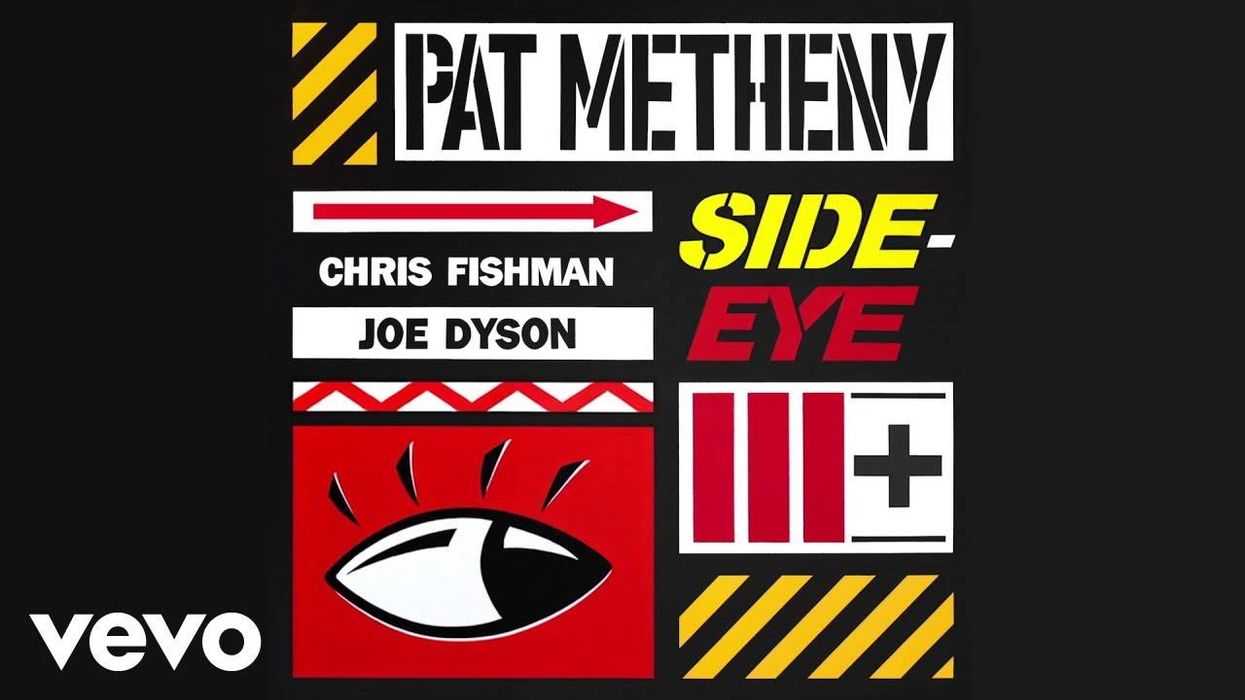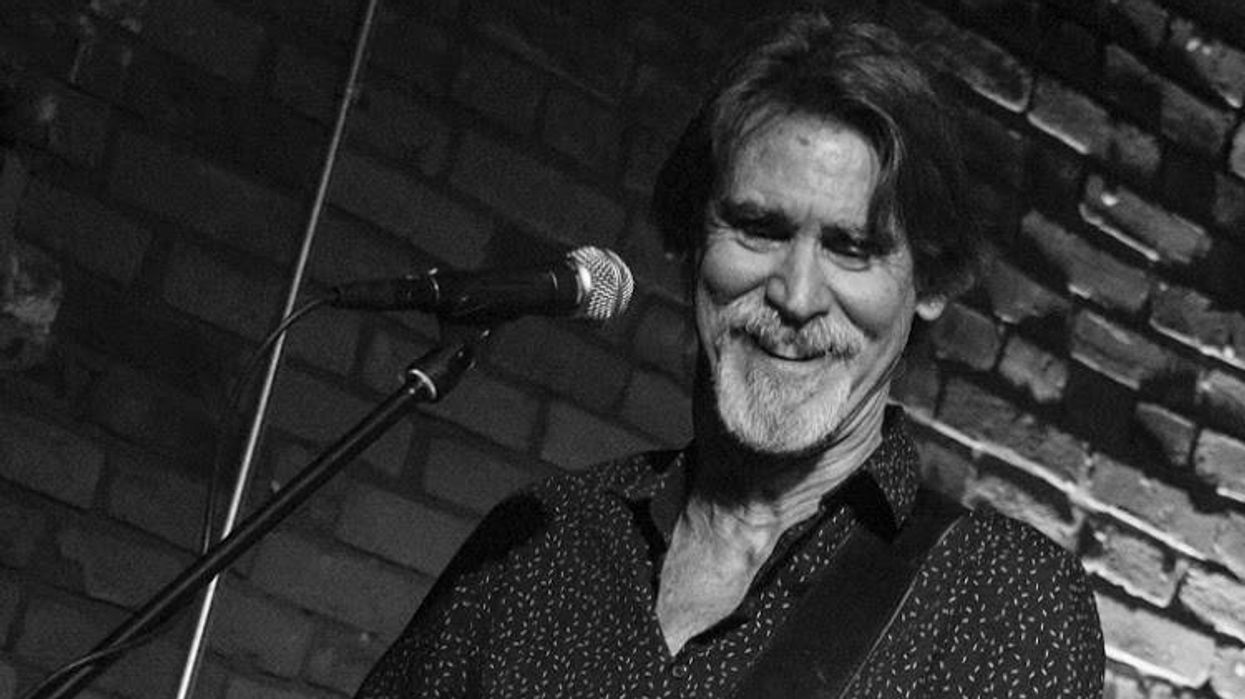Everyone you know has an opinion about politics, and most are happy to let you hear it. These can be based on simple self-interest or concern for the “greater good.” Loyalty, fear, greed, habit, or any number of deeply rooted emotions can shape these positions.
When I talk to musicians about sound, it often feels like discussing politics. Interestingly, musicians tend to lean to the liberal side in general politics, but are often extremely conservative in their “sound politics.”
Analog prejudices. Guitarists—especially acoustic players—can be the most conservative about amplification gear. They often choose passive pickups with their noise and inconsistencies over newer active models that sound and perform better. What drives me really nuts is the notion that analog electronics sound great while digital electronics sound “fake.” Sure, some analog electronics sound great, but I’ve heard plenty that sound horrible. Likewise, digital done poorly sounds bad, but done properly, it can be amazing.
Keyboardists, drummers, and recording engineers have readily embraced digital gear, yet guitar players tend to shy away from it. Of course, there’s the notable exception of the heavy metal players, many of which have moved to all-digital touring gear. While that musical genre isn’t my cup of tea, I admit their rigs sound great and work well even in the largest venues.
So what is it with guitar players? Old guitars without truss rods that can’t be played in the summer. Electric guitars with 80-year-old pickup technology. Acoustic artists fighting with low-definition stage mics always on the verge of ear-splitting feedback. It boggles the mind.
The great divide. The term “digital divide” refers to the gap between regions and/or groups of people who have access to modern information and communications technology, and those who don’t. I often feel that guitarists are on the wrong side of music’s digital divide.
Those who follow this column know I have strong opinions about the difference between the sound of an unamplified acoustic instrument in a room and the sound of an amplified acoustic playing through a loudspeaker. If we can agree on these perceptual differences (and that acoustic instruments sound wonderful when recorded in a great studio with a great mic and great gear) the utility of digital electronics becomes obvious.
We all know that live stage mics are problematic in all but the quietest venues, so most performing acoustic guitarists rely on some sort of instrument-mounted transducer. It’s exactly here that the promise of digital electronics becomes apparent.
We can all agree that instrument-mounted transducers do a great job of raising the volume at which an acoustic instrument can be played and at isolating the signal from other onstage instruments. On the other hand, we can also agree that these transducers are generally not sensitive enough to the air resonance in these instruments to recreate the radiating behavior of guitars of varying shapes and sizes. It’s precisely these deficiencies that digital filters are uniquely capable of addressing.
Impulse control. The Helmholtz resonance created by the chamber and soundhole can be emulated by a simple digital IIR filter (infinite impulse response), often referred to as a “biquad.” It’s easy to create via DSP and requires little processing power. (This type of filter can be implemented in analog, but is often hard to tune properly.)
Emulating an instrument’s radiating properties is more complicated. Still, a DSP FIR (finite impulse response) filter is perfect for the job. This filter can have thousands of taps, letting it precisely track fine changes in frequency response and correct phase independently of magnitude. It can replicate the subtle coloration of various microphone types and positions, something impossible with analog filters.
Many digital acoustic processors are available these days. There are offboard units from D-Tar, Fishman, Zoom, and TC Electronic. Onboard units appear in some Yamaha acoustic models and in Fishman-equipped Martin, Fender, and Godin models. Universal Audio also offers a plug-in version for their audio interface line. The simpler devices can add another dimension to your amplified sound, while the more complex ones—when properly set up—provide positively stunning results. I strongly urge you to audition some of these devices.
A final note. This is my last Acoustic Soundboard column—after nearly four years, the tank is beginning to run dry. I sincerely hope you’ve enjoyed reading these columns as much as I’ve enjoyed writing them.









![Rig Rundown: John 5 [2026]](https://www.premierguitar.com/media-library/youtube.jpg?id=62681883&width=1245&height=700&quality=70&coordinates=0%2C45%2C0%2C45)




![Rig Rundown: Russian Circles’ Mike Sullivan [2025]](https://www.premierguitar.com/media-library/youtube.jpg?id=62303631&width=1245&height=700&quality=70&coordinates=0%2C0%2C0%2C0)




